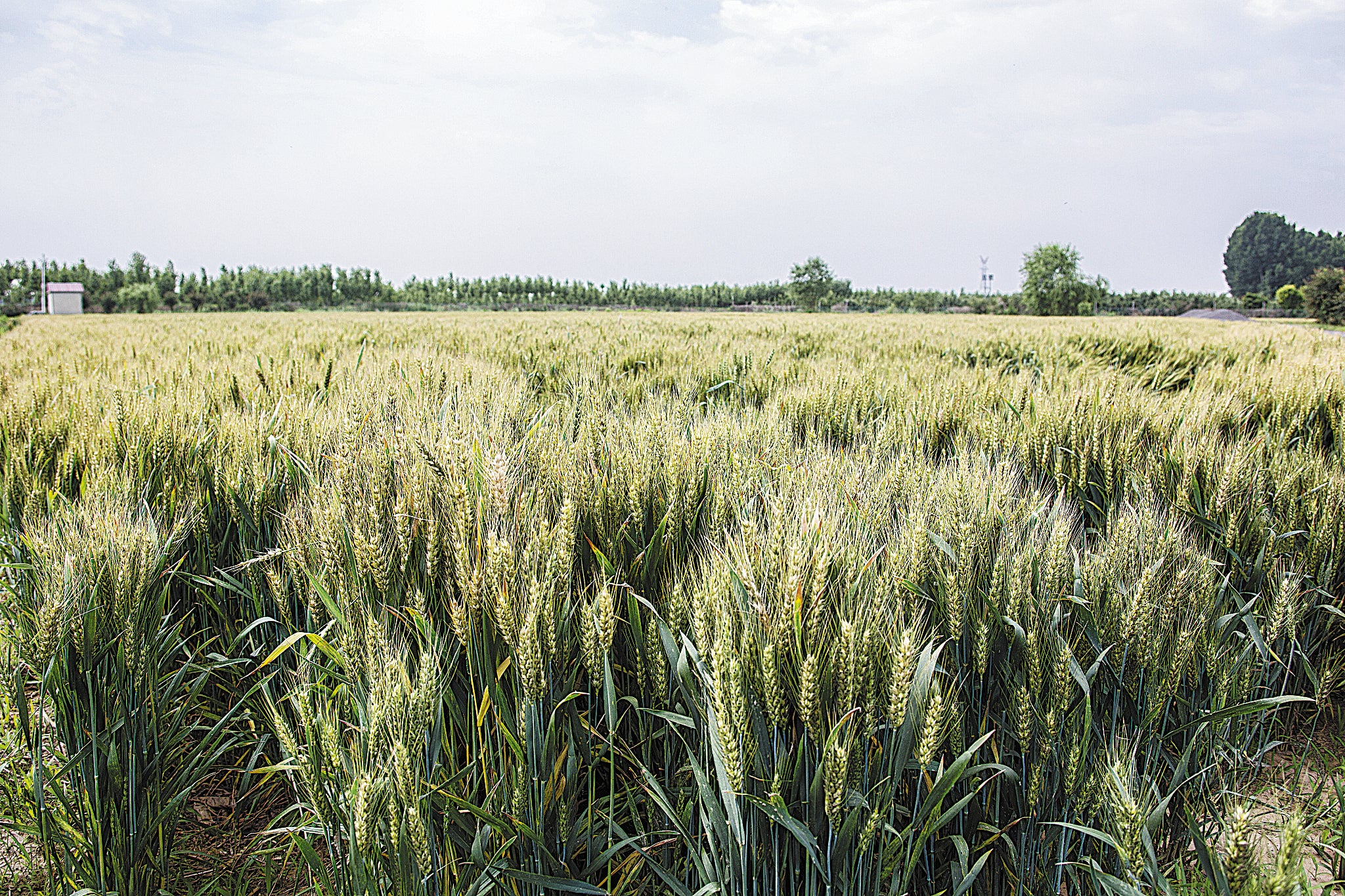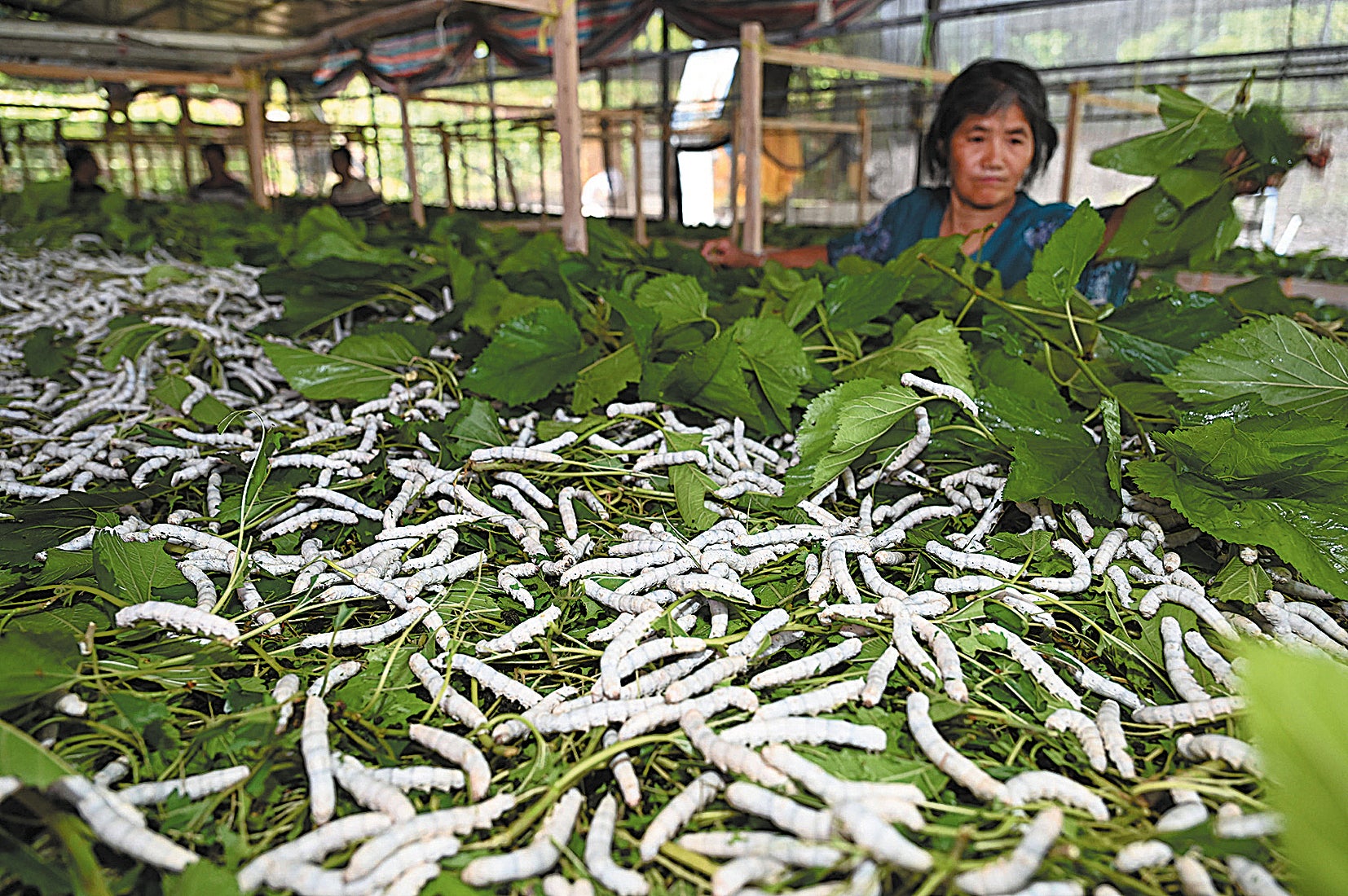Seasons ripe for change
THE ARTICLES ON THESE PAGES ARE PRODUCED BY CHINA DAILY, WHICH TAKES SOLE RESPONSIBILITY FOR THE CONTENTS

The second solar term in summer, xiaoman or Grain Buds, was marked on 21 May 2022.
The traditional Chinese lunar calendar divides the year into 24 solar terms. As the eighth term of the year, it is a transition period when wheat is about to ripen, with subtle changes in nature, such as rising water levels and temperatures.
Xiaoman has some typical phenomena, according to ancient Chinese classics. It is the time when sow thistle, a common edible wild herb, grows in abundance across the country. Chinese people used to eat such wild vegetables in times of penury.
According to the theories of traditional Chinese medicine, eating bitter herbs can prevent inflammation and reduce the fire element, at its highest level in summer.
Guo Wenbin, an award-winning author and a scholar of traditional culture, wrote in his novel The Lunar Calendar that in his hometown in Ningxia Hui autonomous region, in the country’s northwest, locals went to the Dragon King’s Temple to kiss the ears of wheat and recite verses to the Dragon King, praying that the wheat would ripen successfully.
Guo says it is one of the most scented solar terms, because the fragrance that spreads across the wheat field is intoxicating. “The arrival of xiaoman means wheat-reaping time is nigh, and that we can soon sample the delicious cooked wheat. The ancient Chinese sang in praise of xiaoman.”
In traditional “men farming and women weaving” society in China, the raw material for weaving in the north is cotton and in the south silk. In national ceremonies that date back to the Western Zhou Dynasty (C1047-771 BC), the emperor performs a sacrificial rite and symbolically pushes a plough in the field three times, to pray for a good harvest.

The empress performs a sacrificial ceremony to the silkworm deity, picks up mulberry leaves and feeds silkworms, as a role model for all female weavers in the country.
Xiaoman is the best time to cultivate silkworms, cook cocoons and prepare spinning wheels for reeling silk. Silkworms are delicate and need good care taken of them, and the mulberry leaves should be fresh and strictly selected.
Silkworm rearing is an essential means of livelihood for those in regions south of the Yangtze River, especially in Jiangsu and Zhejiang provinces. The ancient Chinese believed that xiaoman was the birthday of the silkworm deity, and they offered sacrifices to pray for a boom season for cocoons.
Silkworms are rich in symbolism in ancient Chinese literature. People can find out about rural life from poems on silkworm rearing. Because it is a hard and time-consuming process for silkworms to spin silk and make cocoons, poets like to use them as a metaphor for enduring romantic love. Silkworms also represent fleeting time, because the cocoon season means the end of spring.
Today, many Chinese children raise white and plum silkworms in paper boxes covered with green fresh mulberry leaves.
For them, rearing silkworms is a way to observe the magic of nature. It is exciting to watch carefully as the silkworms grow bigger and bigger after shedding their skin several times, and finally become white oval cocoons.
Previously published on Chinadaily.com.cn
